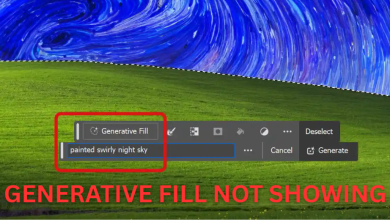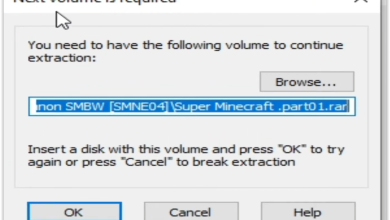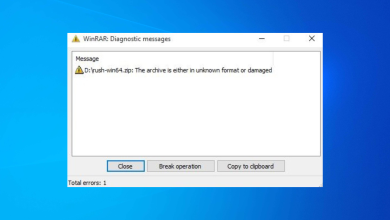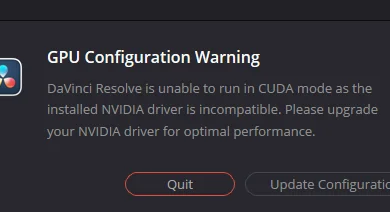Fix: Adobe “Error Code 81” During Installation or Update
Adobe error code 81, also known as ErrorP81, occurs when the installation or update process of any Adobe application is interrupted in the Creative Cloud. When this error appears, you’ll see the message “Sorry, installation failed” and the installer will close automatically.

According to the error message, this issue usually occurs due to other active Adobe processes running in the background, which conflict with the current installer. Another possible cause is corrupted or incomplete program files associated with Creative Cloud.
Now that you understand the error and its causes, let’s move on to resolving it.
1. Close Adobe Processes and Reboot Your System
Error code 81 can trigger at the start of the installation, prompting you to close or wait for other Adobe-related processes. This usually happens when duplicate setup instances are running, one visible and another hidden. You can resolve this by closing all Adobe-related processes and restarting your system.
- Press CTRL + Shift + ESC on your keyboard to open the Task Manager.
- Click the Details tab in the top bar to view all active processes.

- In the Details tab, locate any Adobe processes. Right-click each one and select End Process Tree.

- Repeat this for all other Adobe-related processes, then restart your system.
- After restarting, try running the installation again to check if the error is resolved.
2. Rename the PDApp Folder
The Adobe Application Manager, located in the PDApp folder, is responsible for launching background processes during installations or updates through Creative Cloud. If these processes remain active, they can interfere with the installer and trigger the error. Renaming this folder forces those processes to stop, resolving the conflict.
Note: The PDApp folder is hidden by default. You must enable the Show Hidden Files option in File Explorer. Also, ensure all Adobe apps are closed using the first method.
- Open File Explorer on your system.
- Navigate to the PDApp folder path based on your OS:
64-bit: \Program Files (x86)\Common Files\Adobe\OOBE\PDApp
32-bit: \Program Files\Common Files\Adobe\OOBE\PDApp
- For macOS:
/Users/<user folder>/Library/Application Support/Adobe/OOBE/PDApp
- Locate the PDApp folder at the specified path.

- Right-click the folder and select Rename, or press F2 after selecting the folder.
- Rename it to PDApp-old, then attempt the installation again.

3. Use Creative Cloud Cleaner Tool
Adobe files are often distributed across multiple directories, making manual cleanup nearly impossible. Adobe provides a dedicated cleaner tool that removes all remnants of previous installations. Once cleaned, you can reinstall Creative Cloud and install your apps without conflicts.
- Download the CC Cleaner Tool from the official Adobe Help Center. The file will be named AdobeCreativeCloudCleanerTool.exe.

- After downloading, right-click the file and choose Run as administrator.
- Follow the prompts. When asked to select a language, type E and press Enter for English.

- Accept the terms and conditions by typing Y and pressing Enter. Type N to cancel if you don’t agree.

- To proceed with a full cleanup, select All when prompted.

- Review the list of installed products and choose Clean All to remove all Adobe files.

- Wait for the cleanup to complete. When prompted, press Enter to close the tool.
- Download the latest version of Creative Cloud here and follow the installation steps.

- Try installing or updating your Adobe application again to verify if the issue has been resolved.
If none of the solutions above resolve the error, it’s best to contact the official Adobe Help Center and share the full error details for further assistance.





